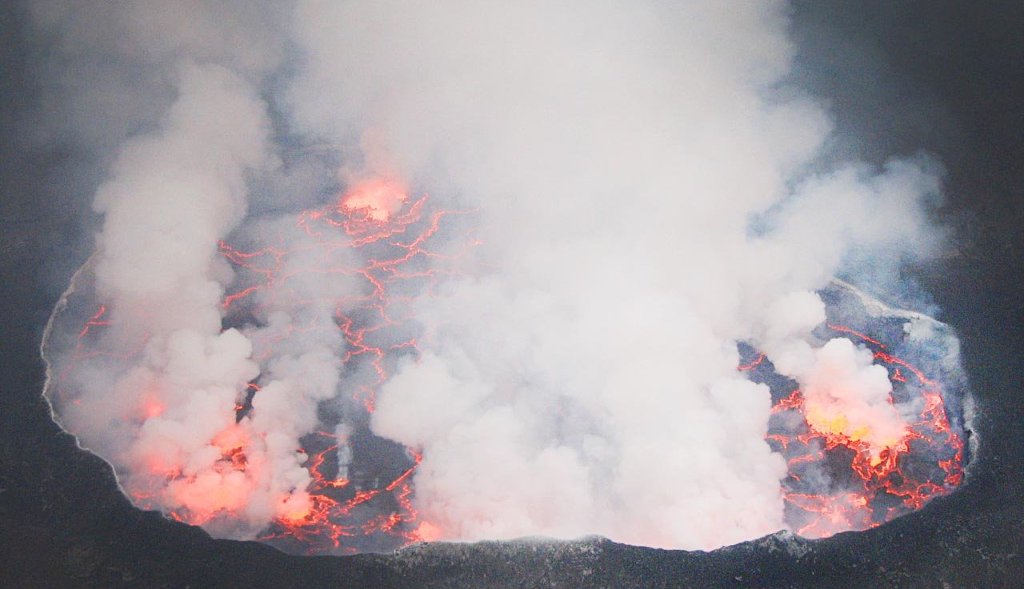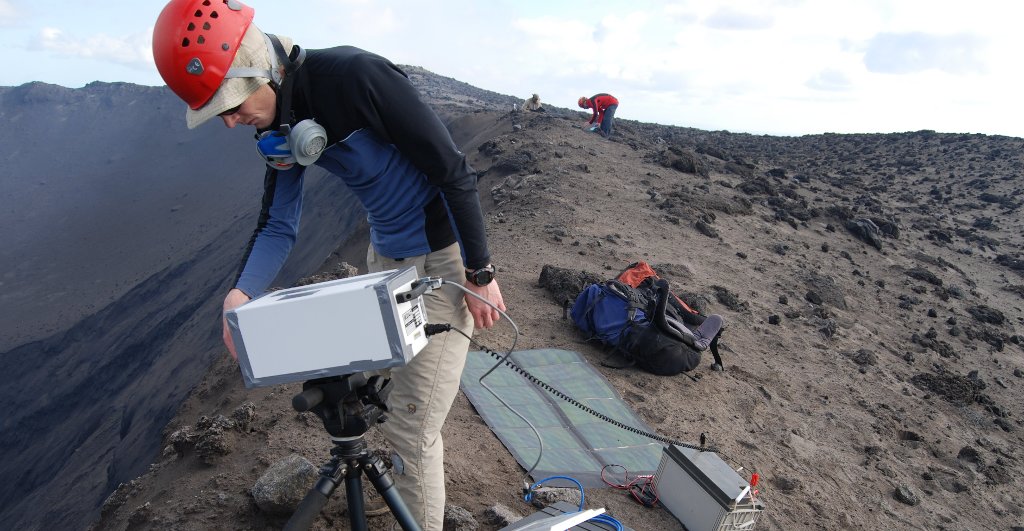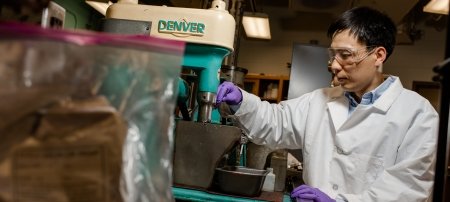Ash Cloud Wreaks Havoc with Airspace, and It Could be Worse

The recent Icelandic volcano eruption that closed down airports across United Kingdom, Scandinavia, Belgium and northern Germany, has affected air traffic all over Europe and transatlantic flights from the US. One Michigan Technological University professor says it’s important to track the cloud not only to monitor its impact on aviation, but also because of the gases within.
Simon A. Carn, assistant professor of geological and mining engineering and sciences, who hails from the UK himself, is monitoring the cloud from the eruption via satellite, focusing on the ash and the sulfur dioxide (SO²) it contains.
Other possible impacts of the eruption depend on sulfur dioxide emissions, which can become sulfuric acid, reflecting sunlight and causing cooling. So far the SO² emissions detected in the eruption cloud are relatively minor, but if the ash falls on the ground, it can also be an environmental and health hazard, he says.
“This is a pretty significant event,” Carn says. “They can smell the sulfur in Scotland and Norway, and the ash cloud is moving north of the UK over Norway. Closure of airspace in Europe can have global repercussions.”
Ash, which is made up of pulverized rock, can be melted in airplanes’ jet engines, he says, causing them to fail. Ash also erodes the exterior of aircraft, including the windshield, affecting visibility. “And there have been incidents of this occurring in the past.”
Carn uses data from the Ozone Monitoring Instrument (OMI) on a NASA satellite called Aura to track volcanic eruption clouds, including an Aerosol Index, which portrays the volcanic ash cloud and measurements that reveal SO² concentrations.
Tracking the cloud via satellite means getting data approximately every 15 minutes from some sensors. Carn seeks to discover how much SO² is in the cloud to look at the effects on climate and health. And events can go on for a long time.
“You never know,” he says, “these Icelandic eruptions can go on for months or even years, or they can just shut down.”
Also of concern, in addition to the gases that could be toxic and dangerous to breathe, is ash falling into water supplies, such as a reservoir, or affecting livestock and crops. “This is mainly an issue closer to the eruption site in Iceland,” Carn says. “Icelandic eruptions have the potential to produce significant quantities of hydrogen fluoride (HF), which is highly toxic, but we can’t measure this using satellite data.”
In the future, Carn would love to discover just how much ash is dangerous, particularly to jet engines, as there is not enough data to discern that yet.
“We are getting better at quantifying the amounts of SO² and ash in volcanic clouds using satellite data, but we still don’t know the critical concentration of ash that is an aviation hazard,” he says. “Airlines are very cautious about flying anywhere that volcanic ash might be present, and engine manufacturers are not very forthcoming with any data they might have.”
Michigan Technological University is an R1 public research university founded in 1885 in Houghton, and is home to nearly 7,500 students from more than 60 countries around the world. Consistently ranked among the best universities in the country for return on investment, Michigan's flagship technological university offers more than 185 undergraduate and graduate degree programs in science and technology, engineering, computing, forestry, business, health professions, humanities, mathematics, social sciences, and the arts. The rural campus is situated just miles from Lake Superior in Michigan's Upper Peninsula, offering year-round opportunities for outdoor adventure.




Comments